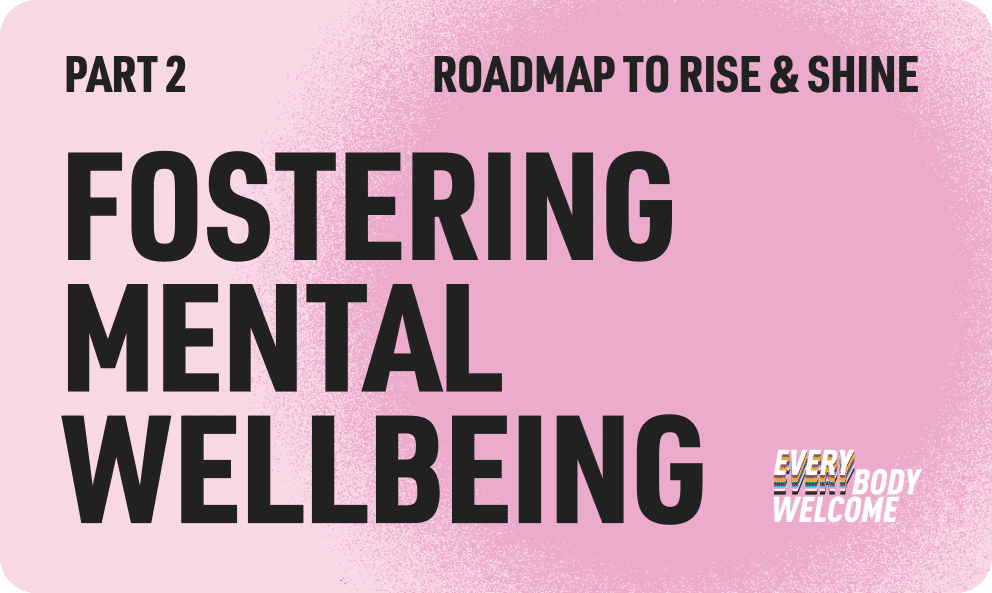Where Gets The Most Steps: Revealing Which Nations Hit The Highest Daily Steps Counts

It almost goes without saying, but walking every day is good for you. Like other forms of exercise, it's been proven to help improve mental health, decrease the risk of heart disease, improve sleep and bring about a whole host of other health benefits.
In the age of smartphones and fitness trackers, just how much we're walking has become more of a talking point, with 10,000 daily steps often touted as a magic number we should all be aiming for.
But how realistic is this as a goal? How many of us reach it on a daily basis, and what does a good alternative look like for those of us whose daily schedules don't allow for hitting thousands of steps a day?
These are questions we wanted to answer, so we did some research to analyse step count data from around the world, and worked with our personal trainers to discuss how much importance we should be placing on our daily step counts.
Which Countries Take the Most Daily Steps?
We conducted a global survey and found that the worldwide average daily step count sits at 5,833 steps per day - quite a way from the 10,000-step mark. This data highlights that, while 10,000 steps can be a good goal to aim for, it may not be particularly realistic for life in 2024 and perhaps doesn't consider the differences in health, career and home lives of all of us around the world.
Claire Phippen, one of our personal trainers at PureGym Norwich, agrees with this sentiment: "The 10,000-step goal has become a fitness trend over the last few years, with many people quoting this number as a key factor to hit in your health and fitness journey. While it is a simple, easy to understand benchmark, it's essential to recognise that it's not a one size fits all solution."
While our research reveals that not a single country collaboratively hits the 10,000-step mark each day, there are countries that do exceed the global average of 5,833 steps.
Walking their way to the top is the population of Denmark, who hit an impressive 6,633 steps per day. Regularly ranking as one of the happiest countries on earth and the birthplace of 'hygge', the Danish lifestyle of combining cosines with the great outdoors seems to be paying off, with the Nordic nation also having the 30th highest life expectancy in the world.
Interestingly, it seems more steps could be the route to happiness, with fellow Nordic countries Sweden and Finland also ranking in the top 10, with an average of 6,461 and 5,999 steps per day, respectively.
Outside of Northern Europe, Australia and Japan also feature, representing the Asia-Pacific region. Again, these higher step counts are likely due to the fact that both countries are home to generally healthy citizens with high life expectancies. In fact, the Japanese population have the second highest life expectancy (85 years) while Australia sits in sixth (84 years).
Denmark - 6,633 steps (+ 13.71% vs global average)
Poland - 6,504 steps (+ 11.50% vs global average)
Sweden - 6,461 steps (+ 10.76% vs global average)
Netherlands - 6,436 steps (+ 10.32% vs global average)
Switzerland - 6,364 steps (+ 9.09% vs global average)
Australia - 6,179 steps (+ 5.92% vs global average)
Belgium - 6,147 steps (+ 5.37% vs global average)
Finland - 5,999 steps (+ 2.83% vs global average)
Japan - 5,996 steps (+ 2.78% vs global average)
Spain - 5,968 steps (+ 2.30% vs global average)
On the other end of the scale, there's a mixture of nations that are walking less than the global average, with the likes of Brazil (4,057 steps), South Africa (4,376 steps) and India (4,872 steps) featuring. Within Europe, the countries that walk less than the average include Italy (5,186 steps) and France (5,396).
Leah Bygraves-Paul, Personal Trainer at PureGym Sheffield reveals some of the reasons why there can be a discrepancy in step counts between different countries around the world.
"Although a high step count is a very good indication of a nation's overall levels of fitness, as well as attitudes to fitness in general, it certainly isn't the only metric to consider when it comes to physical activity. Some countries heavily rely on cars due to poor infrastructure, while others benefit from well-developed public transportation systems, and pedestrian friendly infrastructures that encourage walking. A country's weather has a large part to play too - cold, wet, and dark days are not very encouraging!"
Which Parts of the UK Walk The Most?
Despite an abundance of green spaces and rolling countryside, the UK as a whole didn't make the top 10, so where does our daily step count fall?
At an average of 5,951 steps per day, we are 2% above the global average, but slightly off the standard set by the Danes. We did however want to delve a bit deeper into the step counts of the UK, and within this national average, were able to analyse where in the UK walks the most.
Walking their way closer to the 10,000-step goal than anywhere else in our study are the people of Sheffield. A daily average of 7,209 steps puts the Yorkshire city above even Denmark, with residents evidently making the most of the city's walkability and proximity to the Peak District.
Northern cities dominate the top spots, with Newcastle ranking in second place while Scotland's Glasgow ranks third. Two other cities that neighbour countryside, as well as the coast, making it easier to get in higher numbers of steps, without even noticing.
London, with its dependence on the tube is potentially a surprise entrant in fifth place, with the capital's average step count crossing over the 6,000 steps per day mark. This helps to highlight that while it's a city that functions largely via public transport, it's easy to rack up the steps while walking from tube stops, to the office or around its many sights.
Sheffield - 7,209 steps
Newcastle - 6,582 steps
Glasgow - 6,329 steps
Leicester - 6,307 steps
London - 6,032 steps
Bristol - 5,811 steps
Chelmsford - 5,729 steps
Birmingham - 5,508 steps
Brighton And Hove - 5,436 steps
Manchester - 4,901 steps
How Much Should We Be Focusing On Our Fitness Trackers?
But what does this all mean? Should we get caught up in the numbers, or does it all simply come down to walking as much as we can?
On one hand, keeping an eye on how much you're walking each day can have its benefits, with Claire pointing out that "There is research that found individuals who increase their daily step count from 2,000 to 10,000 steps have reduced mortality risks. However, the study did not say 10,000 steps was the magic number. It's a helpful guideline to encourage more physical activity, but it's crucial to remember that everyone's fitness level, lifestyle, and goals are different. For some, 10,000 steps might be excessive, while others might need to aim higher."
As Claire puts it, be it 10,000 steps a day, or the global average of hitting 5,833 steps a day, the aim when it comes to physical activity is simple. "The most important thing is to move your body regularly. Whether it's a brisk walk, a dance class, or a game of football with your kids, any form of physical activity is beneficial".
"Celebrate your achievements, no matter how small, and remember that progress, not perfection, is the goal. By shifting the focus from rigid targets to overall well-being, you're more likely to sustain a healthy and active lifestyle".
What If You Can't Walk As Much As You'd Like To?
The goal of upping your steps and walking more might sound simple, but as our data shows, the walkability of where you live can impact how easy it is to walk more, in addition to other factors such as time. In fact, our UK Fitness Report shows that a lack of time is one of the key reasons people don't exercise or join the gym.
With raking up thousands of steps taking hours, our PT Claire Phippen has detailed some quicker solutions that keep you moving, without taking up too much time.
For those struggling to hit the 10,000-step mark, it's essential to prioritise any physical activity over none at all. Shorter, more intense workouts can be just as effective as long, low-intensity ones.
Here are some alternatives:
High-Intensity Interval Training (HIIT): Short bursts of intense exercise followed by brief recovery periods can be highly effective in a short amount of time.
Strength training: Building muscle mass helps boost metabolism and improve overall health.
Yoga or Pilates: These practices combine flexibility, strength, and balance, offering numerous physical and mental benefits.
Swimming: A low-impact exercise that works the entire body.
Remember, the key is to find activities you enjoy and can incorporate into your lifestyle.
Has our research inspired you to get moving more? Find your nearest gym here.
Methodology
We completed a study of daily step counts in countries around the world, asking people how many steps they take on average each day, according to tracking on their smart devices. The results of the survey were then analysed to reveal the average daily step count per country, with these ranked from highest to lowest.
Study referencing the impact of 10,000 steps: Tudor-Locke, C., Bassett Jr, D. R., Gibbs, J., Ainsworth, B. E., & Leon, A. S. (2011). Steps per day and all-cause mortality. JAMA internal medicine, 171(9), 785-791.
Data correct as of September 2024.


